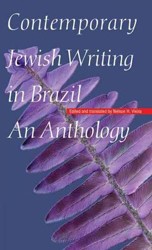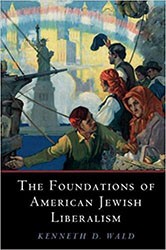The language of prayer, Catherine Madsen argues, has meaning beyond its words. But when contemporary liturgists attempt to make the language of prayer accessible, that dimension is often lost and with it much of the power and significance of prayer.
In simplifying liturgical language and bringing it into line with current sensibilities, contemporary biblical translators and liturgists often underestimate deeply felt emotional and moral needs. The human situation is complex, and traditional liturgical language, with its ambiguities, dazzling metaphors, open questions, and drama, has the capacity to compel and stir worshipers. Overly familiar liturgical language can lull worshipers into unquestioning comfort.
Madsen, bibliographer at the National Yiddish Book Center and contributing editor to CrossCurrents, draws on a wide array of disciplines — psychology and cognitive science, contemporary and traditional liturgy, the history of literature — to build her argument. A demanding and challenging book, The Bones Reassemble will speak to all worshipers who view prayer as a vital force for thought and moral action. Notes, bibliography, index.
Maron L. Waxman, retired editorial director, special projects, at the American Museum of Natural History, was also an editorial director at HarperCollins and Book-of-the-Month Club.





